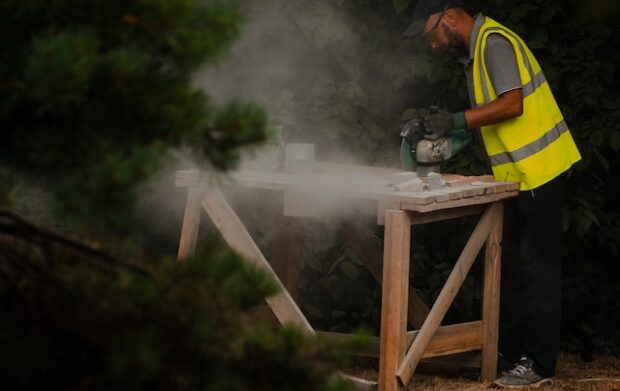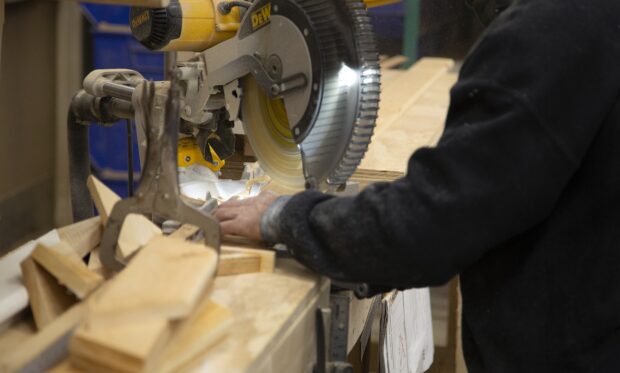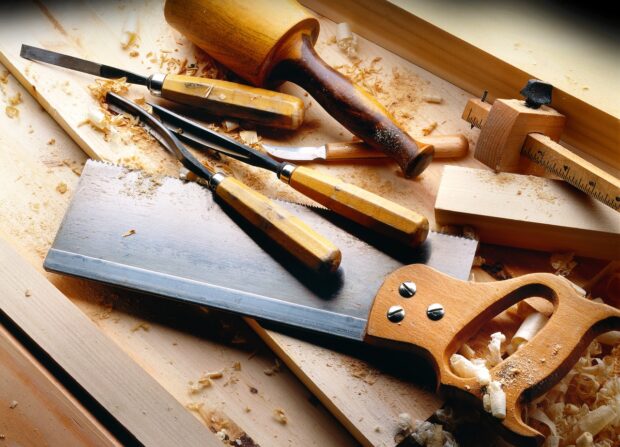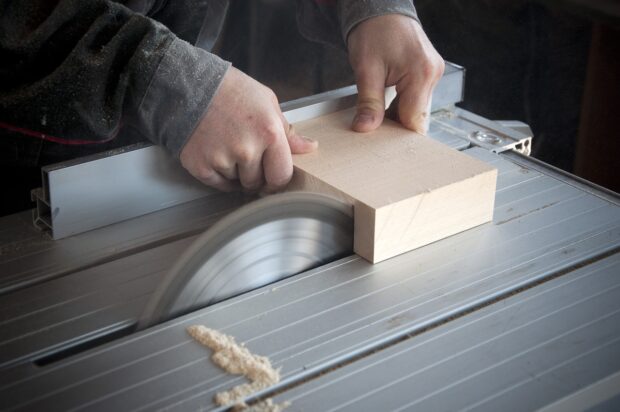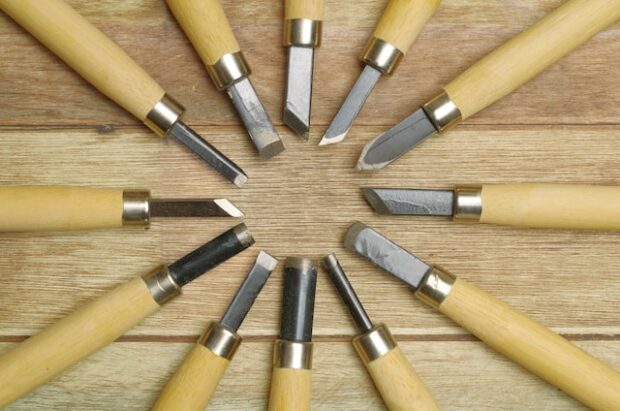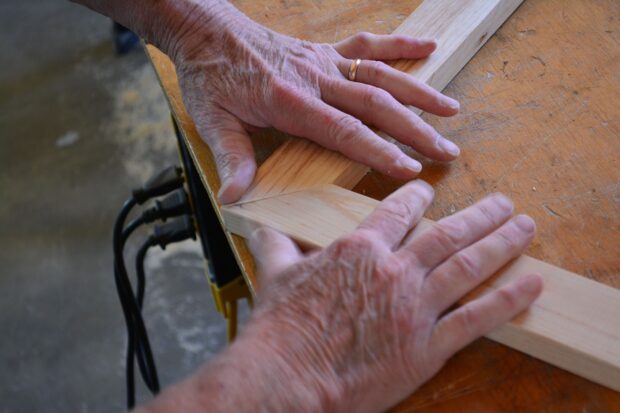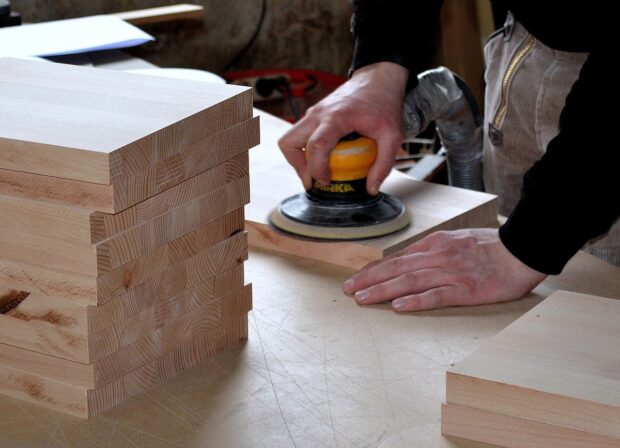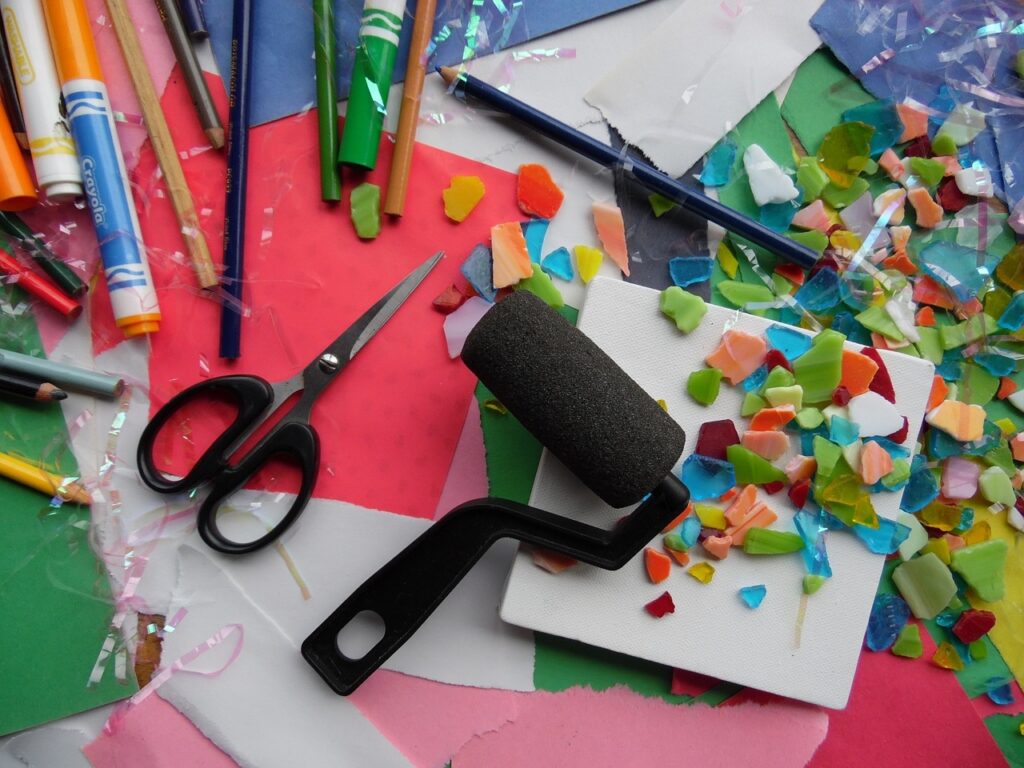Are you planning a woodworking project and want to make sure you’re well-informed on the entire process? Knowing the background of your tools and materials can help ensure a successful experience while keeping yourself safe. The basics of wood cutting involve certain safety protocols, such as properly using saws, drills, or other power tools. In this blog post, we will explore seven essential facts that all aspiring woodworkers need to be aware of when starting their projects! From understanding how the grain affects your cuts to choosing the right blade for each job, these tips are great for beginning DIYers who want to get it right from the start. With these pointers in mind and with keen attention paid during the handling and preparation stages, you’ll have all the knowledge needed to take a piece of raw timber into an amazing project!
Safety First – Always Wear Protective Gear When Working With Wood
If you’re someone who enjoys tinkering with wood, it’s essential to prioritize safety. Woodworking involves tools that can cause serious harm, and the risk only increases when you’re working with power tools. That’s why it’s essential to wear protective gear when you’re working with wood, such as gloves, safety goggles, and dust masks. By taking simple precautions like these, you can protect yourself from accidents and achieve peace of mind while you work on your latest project. Remember, safety should always come first – even if it means taking a few extra minutes to gear up before you start working with wood.
Different Types of Wood Require Different Cutting Techniques
Wood is one of the most versatile materials on the planet, with a range of different types that each carry their unique qualities and characteristics. But with these distinct differences also comes the need for different cutting techniques. For example, hardwoods like oak and maple require a slower, more careful approach to ensure clean cuts and avoid splintering, while softwoods like pine and cedar can handle quicker cuts with less risk of damage. Any woodworker or DIY enthusiast needs to understand these nuances and adapt their cutting techniques accordingly so that they can produce the best possible results with each type of wood.
Make Sure You Have the Right Tools for the Job
When it comes to any task, having the right tools for the job is essential for ensuring success and efficiency. From fixing a leaky faucet to repairing a car engine, using the appropriate tools not only saves time but can also prevent costly mistakes. While it may be tempting to use what you have on hand or opt for a cheaper alternative, investing in quality tools can make all the difference in the outcome of your project. Consider using food-safe cutting board oil from Real Milk Paint or another trustful store, as well as a sharp chisel and mallet, when working with wood to ensure success. So before you begin any task, do your research, gather the necessary tools, and set yourself up for success.
Choose the right saw for the job – different saws are designed for specific purposes
When it comes to sawing, one size does not fit all. Different saws are designed for specific purposes, and choosing the right one for the job can make all the difference. For instance, a handsaw is ideal for precise, manual cutting of wood, while a jigsaw is better suited for intricate, curved cuts. A circular saw is perfect for making straight cuts through thicker materials like plywood or lumber. And if you need to make quick work of a large tree branch, a chainsaw is the way to go. So before you start sawing, take a moment to consider the task at hand and choose the right saw for the job. You’ll save time, and effort and most importantly, achieve a cleaner, safer cut.
Understand the Different Blades and Bits to Choose From
When it comes to working with power tools, having the right blades and bits can save you time and make your projects turn out much better. But with so many options out there, it can be hard to know which ones to choose. It’s important to understand the different purposes and designs of these cutting tools. By researching and investing in quality blades and bits, you can increase your productivity and achieve more professional-looking results. Don’t settle for less than the best when it comes to your tools – get to know the different blades and bits and choose wisely for your next project.
Use a Sharp Blade for Cleaner Cuts
Using a sharp blade is essential for achieving clean and precise cuts when working with wood. Even if you’re using the right power tools, having a dull blade will make it difficult to get accurate results. Dull blades can cause splintering or tearing out in your workpiece, resulting in an uneven surface and poor finish quality. Additionally, they require more effort from the user as they have to apply more force to cut through the wood. On the other hand, sharp blades provide smoother cuts that don’t require as much pressure from the user – plus, they also last longer than their dull counterparts! So if you want cleaner and faster cuts when working on your next project, be sure to invest in high-quality blades and keep them properly maintained for optimal performance.
Consider Pre-Cutting Your Wood Before You Start Working on It
If you’re planning on working with wood for your next DIY project, it’s worth considering pre-cutting your wood before you start working on it. This can save you time and effort in the long run, as you won’t need to worry about cutting the wood to size while you’re in the middle of your project. Plus, pre-cutting your wood can also help ensure that everything fits together properly, which can help you avoid any mistakes or mishaps along the way. So whether you’re building a birdhouse or a bookshelf, taking a few extra minutes to pre-cut your wood can be a smart decision that pays off in the end.
Wood cutting is a precise art that requires the right tools, techniques, and safety precautions. To make sure you get the best possible results, always make sure you’re well-equipped with the right gear and knowledge before tackling any project. Remember to always put safety first by wearing protective eyewear, gloves, and even a dust mask when appropriate. Pay attention to the different types of wood and what blades or bits work best depending on the kind of cut you need. Sharper blades will give cleaner cuts so make sure to regularly sharpen your blades. Consider pre-cutting your wood instead of doing it in one step for easier handling and fewer mistakes. Lastly, be aware of what tools are necessary for your particular job – having a complete understanding of your tools will help make any endeavor successful. With all this in mind, working with wood can become an enjoyable and rewarding experience for everyone involved!

